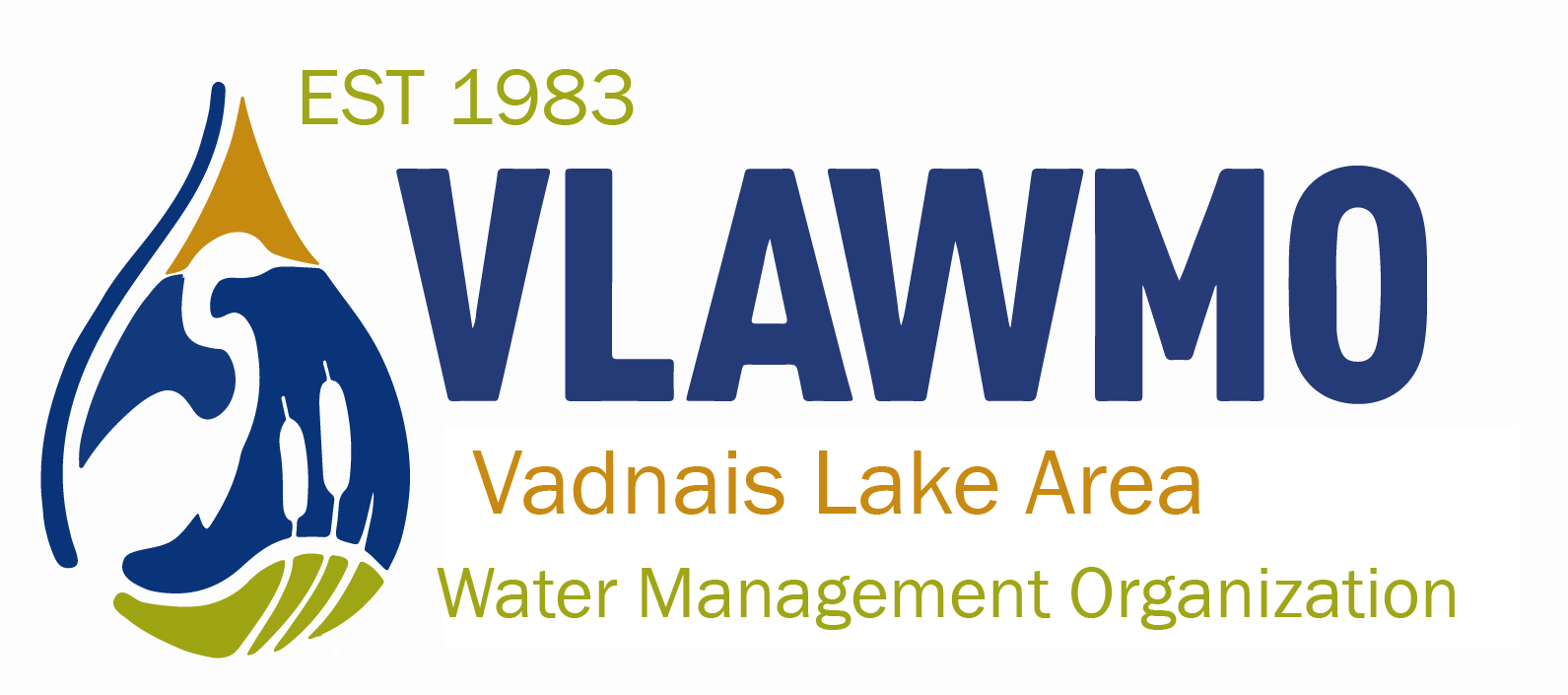Groundwater in the VLAWMO Watershed
The VLAWMO watershed is primarily served by private wells drawing from bedrock of the Saint Peter Sandstone and Prairie du Chein-Jordan aquifers. Domestic wells typically draw from the uppermost aquifer. While large supplies of ground water exist in our region, it is still finite and sensitive to contamination from improper waste disposal, poor well construction, maintenance and/or sealing, and poor water conservation habits. Check out the resources on this page to learn more about the groundwater in our watershed and how to take care of it.
VLAWMO provides education and collaborates with local and state agencies on the topic of groundwater, but is not involved in municipal water distribution, water supply infrastructure, or billing. Please contact your local municipality with questions regarding information and resources on residential and commercial water use.
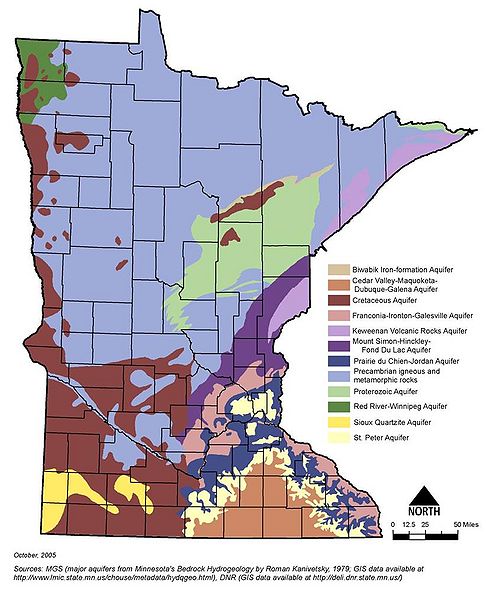
Image: Minnesota Pollution Control Agency
Seeing groundwater like a bank:
Much of the water we use for everyday life is hidden.
Similar to finances, groundwater has many deposits doing their work out of sight. Like a bank account, groundwater can be storing water deposits from days, years, or even decades or more. But both a bank account and a source of water have their limits. One thing that makes groundwater unique is that its shared and influenced in a more direct and interdependent way.
Water professionals help us check on our groundwater “bank” but Cities, Townships, schools, home owner associations, faith-based groups, and everyday folks are key to maintaining our water budget. Residents and businesses can help support our groundwater by reducing excess water use, reflecting on water use habits, paying attention to regional water reports and updates, and exploring tools to help learn more and try new things.
Download the Twin Cities Groundwater Digest to learn more on how groundwater works and how communities in the Twin Cities Metro affect it.
Why we work for a better water footprint:
A small water footprint helps maintain supplies at safe levels, protecting human health and the environment. Sometimes groundwater challenges still have abundant groundwater, but issues arise with changes in the rate, accessibility, and costs associated with using that water. These changes can require careful discussions in budgeting, risk management, and community planning to match the quality of water with an intended use.
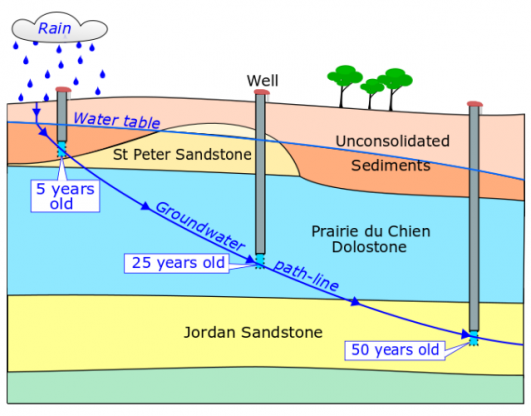 Image: Dakota County
Image: Dakota County
Tools for water conservation:
A starter guide for habits that are good for water resources and courteous to neighbors. The key to water conservation is staying creative in the process while keeping the topic active with friends, neighbors, and coworkers.
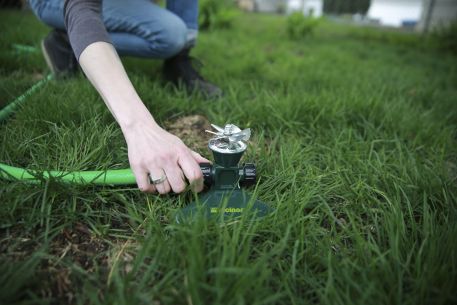
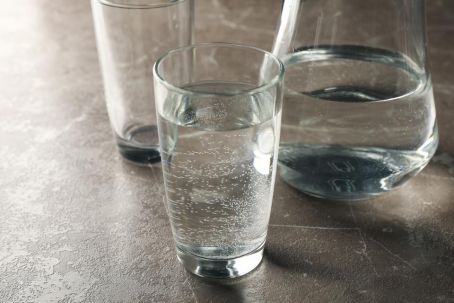
Resources for staying up to date:
- DNR Groundwater map: Access information from monitoring wells in your area
- MPCA Groundwater Quality and Monitoring
- MPCA News
- National Weather Service Twin Cities
- DNR Drought overview
Local groundwater learning:
Groundwater is both a large-scale and highly localized topic. For detailed information on groundwater in your area, see the atlas plates provided from the Minnesota Groundwater Atlas.
- MN Groundwater Atlas: Ramsey County
- MN Groundwater Atlas: Anoka County
- Twin Cities Groundwater Digest
More info from affiliates:
Minnesota’s groundwater is monitored and managed by several State agencies from the Minnesota Department of Public Health to the Minnesota Pollution Control Agency among others.
